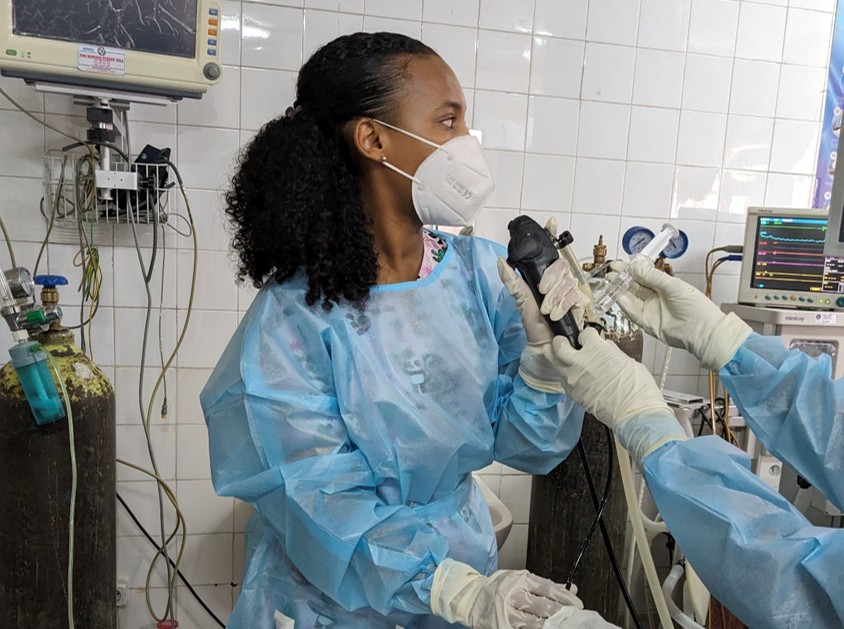TB Prevention – Health Systems and Operational Research Funding Call
South Africa
Tuberculosis (TB) is the leading cause of infection-related death in the world. TB is preventable and curable, yet it remains largely neglected in priority populations. Children and adolescents are very vulnerable to TB and are in need of TB preventive treatment (TPT) when exposed. The risk of TB is twice as high during and immediately after pregnancy than any other time in an adult’s life. Pregnant women with TB who are co-infected with HIV are at higher risk of death and poor TB outcomes. These priority populations are consistently left behind because they are excluded from TB research in a perceived effort to protect them. In addition, unique challenges with finding, evaluating and providing TPT to these priority populations remain.
CHART-A is partnering with the Desmond Tutu TB Centre (DTTC) and Stellenbosch University to support research, training, and education in communities hardest hit by TB. DTTC continually generates groundbreaking research in the evaluation of novel therapeutic strategies for drug susceptible and multidrug-resistant TB in children, adolescents, and pregnant and breastfeeding women. Together, we support research to identify gaps in health program quality and look at innovative ways to address these gaps. We also invest in the training and development of South African scientists, students, and communities leading this work.
What your donation can do:
$5000 supports an ongoing study that evaluates ultra short-course child-friendly drugs for the prevention of TB among children
$2500 funds one semester of tuition for a PhD student
$2000 supports the attendance of African researchers at an international academic conference
$1000 covers tuition or research costs for a South African PhD student
$500 supports a Masters student’s thesis research on TB prevention
$100 funds transportation costs for participants in a research study
Every contribution, no matter the amount, helps to sustain critical work led by the people and communities most affected by these diseases.



